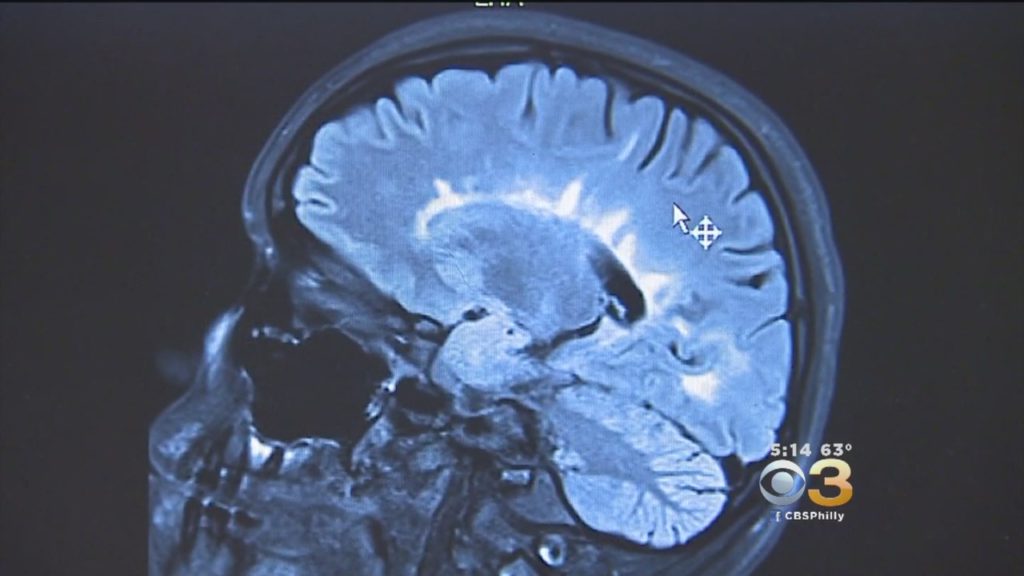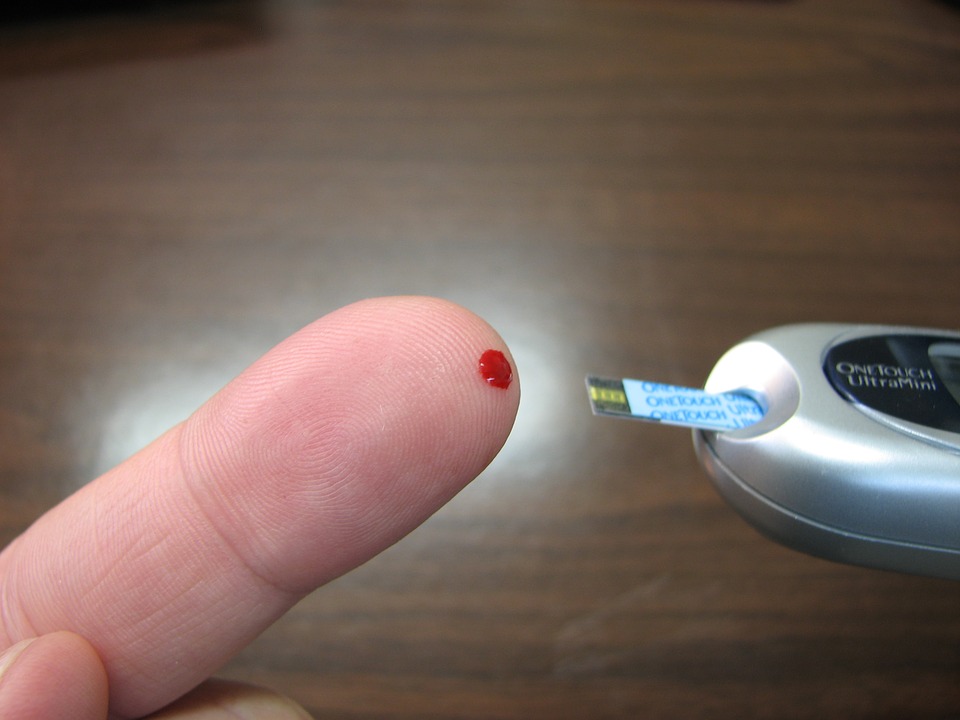
Scientists have identified a natural compound that halts the process involved in the progression of certain forms of cancer and demyelinating conditions — those that damage the sheath, known as myelin, that surrounds neurons — such as multiple sclerosis.
A study published today in the Journal of Biological Chemistry identified a plant-derived flavonoid known as sulfuretin, which has been found to inhibit the activity of an enzyme associated with multiple sclerosis (MS) and cancer. This discovery was made in cell tests conducted at Oregon Health & Science University. The next step is to evaluate the compound in animal models to determine its effectiveness and any potential side effects in treating cancer and neurodegenerative conditions like MS.
“We think this is a drug that could impact many different areas,” said Larry Sherman, Ph.D., professor in the Division of Neuroscience at OHSU’s Oregon National Primate Research Center.
The researchers found that sulfuretin, along with a pair of synthetic compounds that were also tested in live cells, inhibited the activity of a particular type of enzyme known as a hyaluronidase, which naturally degrades hyaluronic acid. That’s important because when hyaluronic acid is broken down into fragments, it is known to cause problems in at least two ways:
- Forestalls myelin repair: It prevents the maturation of oligodendrocytes, which are cells that produce myelin. Myelin is the protective sheath covering each nerve cell’s axon — the threadlike portion of a cell that transmits electrical signals between cells. Damage to myelin is associated with MS, stroke, brain injuries and certain forms of dementia. In addition, delay in myelination can affect infants born prematurely, leading to brain damage or cerebral palsy.
- Allows cancer cells to proliferate: In cancerous tumours, hyaluronidase activity can allow cancer cells to proliferate unchecked by normal cellular death. “Now we have an inhibitor that could actually stop that,” said Sherman, who is also a professor of cell, developmental and cancer biology in the OHSU School of Medicine.
The new research focuses on inhibiting a specific type of hyaluronidase, known as cell migration-inducing and hyaluronan-binding protein (CEMIP).
In addition to MS and cancer, CEMIP is implicated in a range of disorders, including osteoarthritis, skin infections, brain injury caused by heavy alcohol use and possibly other neurodevelopment disorders, including Alzheimer’s disease. The study indicates its activity appears to be inhibited by sulfuretin.
Molecules in flowers
The discovery came after years of undergraduates painstakingly screening plant compounds in the lab of co-author Angela Hoffman, PhD, a longtime and now-retired professor of chemistry at the University of Portland.
“Over the years, her students have been grinding up these flowers, extracting molecules and testing to see if any of them blocked hyaluronidase activity,” Sherman said. “Finally, a couple of years ago, they found a promising compound.”
Alec Peters, a graduate student in Sherman’s lab at OHSU, found that this compound blocked CEMIP activity in a tumour cell line and in oligodendrocyte progenitor cells. Oligodendrocytes generate myelin.
Hoffman, a nun and chemistry professor who earlier this year retired from the University of Portland after 35 years to lead her convent, began collaborating with Sherman a decade ago. Over that time, she said, hundreds of undergraduate students worked on breaking down dozens of plants to their molecular essence and then testing to see whether any of the compounds worked to neutralize CEMIP.
The new publication validates the students’ diligent work over many years, she said.



